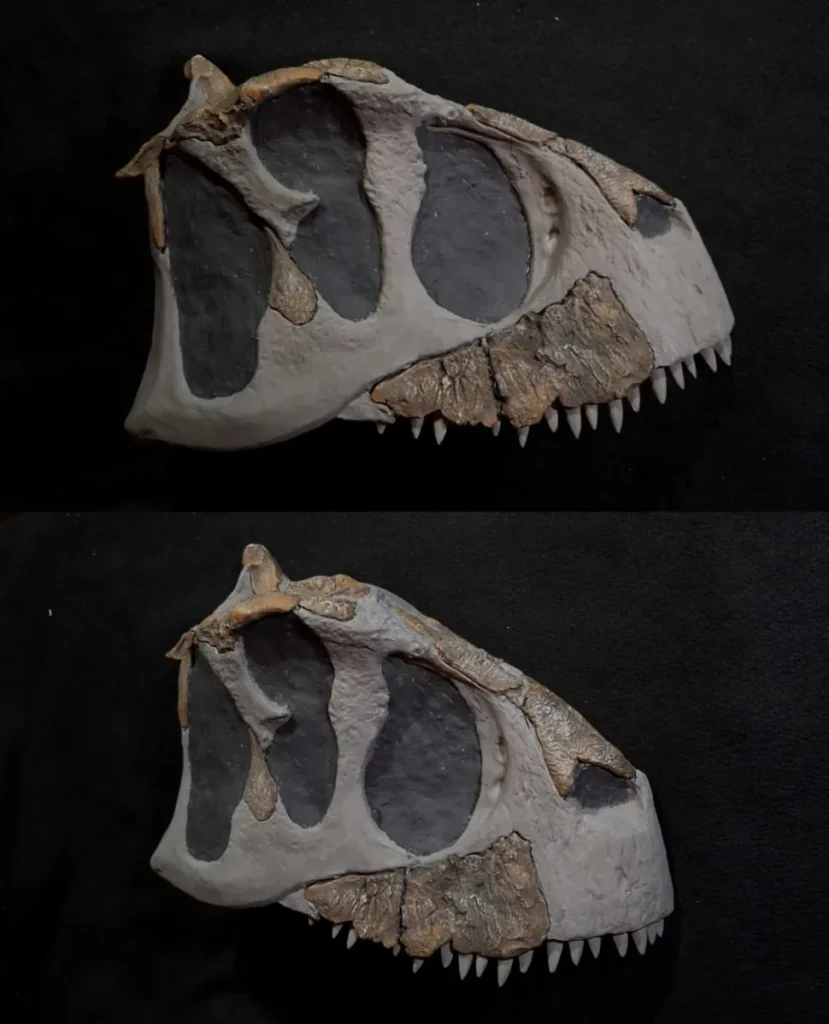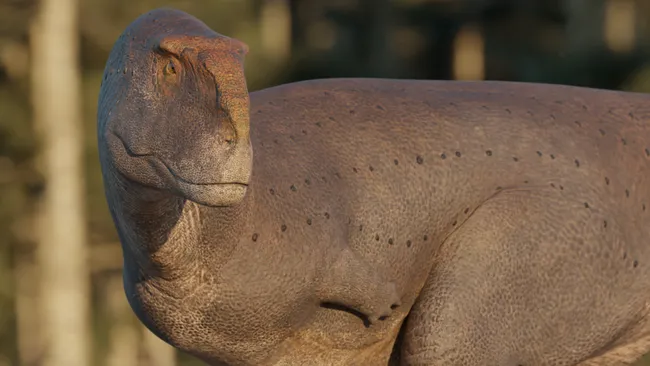A newly identified dinosaur species, noted for its uniquely flat skull and disproportionately small arms, has been recognized as a dominant predator of its time. This 16-foot-long (5 meters) creature, named Koleken inakayal, thrived during the late Cretaceous period and was one of the top predators in what is now Argentina.
The fossils of K. inakayali were unearthed from the La Colonia Formation in central Patagonia. According to a study published on May 21 in the journal Cladistics, K. inakayali was part of the Abelisauridae family, which dominated the southern landmass of Gondwana during the Cretaceous period (145 to 66 million years ago).
“These dinosaurs were the apex predators in that region,” said Michael Pittman, a paleontologist at The Chinese University of Hong Kong and a co-author of the study. “They occupied a similar ecological niche to the T. rex in ancient North America.” While abelisaurids like K. inakayali shared a similar body plan with T. rex—featuring robust hind limbs and reduced arms—the new species stood out with its remarkably flatter skull. “If it were a dog, it would look like a pug,” Pittman noted.
The discovery of K. inakayali fossils began in 2015 when Pittman and his team found remains protruding from the remote Patagonian desert. Over several years, they excavated a partial skeleton, including skull bones, tail bones, and nearly complete legs. The National Geographic Society, which supported the research, reported that K. inakayali coexisted with another abelisaurid, Carnotaurus sastrei, in the same geological formation. C. sastrei, discovered in 1985, is distinguished by its horns.
K. inakayali lacked horns, which, along with other distinct features, helped researchers differentiate its skeleton from C. sastrei and other abelisaurids. Additionally, K. inakayali was smaller, measuring 16 feet compared to the 26-foot-long C. sastrei.

The genus name “Koleken” is derived from the Teushen language of central Patagonia, meaning “coming from clay and water,” a reference to the claystone-dominated rocks where the fossils were found. The species name “inakayali” honors Inakayal, a leader of the Tehuelche people who resisted the Argentinian military during the 19th century. “Inakayal is known for his resistance against Argentina’s Conquest of the Desert military campaign, which resulted in the displacement and decimation of native communities from Patagonia,” the study authors wrote.
After identifying K. inakayali, the researchers investigated the evolutionary patterns of abelisaurids, particularly the rapid changes in their skull morphology. This quick adaptation likely played a significant role in their evolutionary success. “One key to their success was the rapid evolution of their skulls, which opened up new opportunities for them,” Pittman explained.
